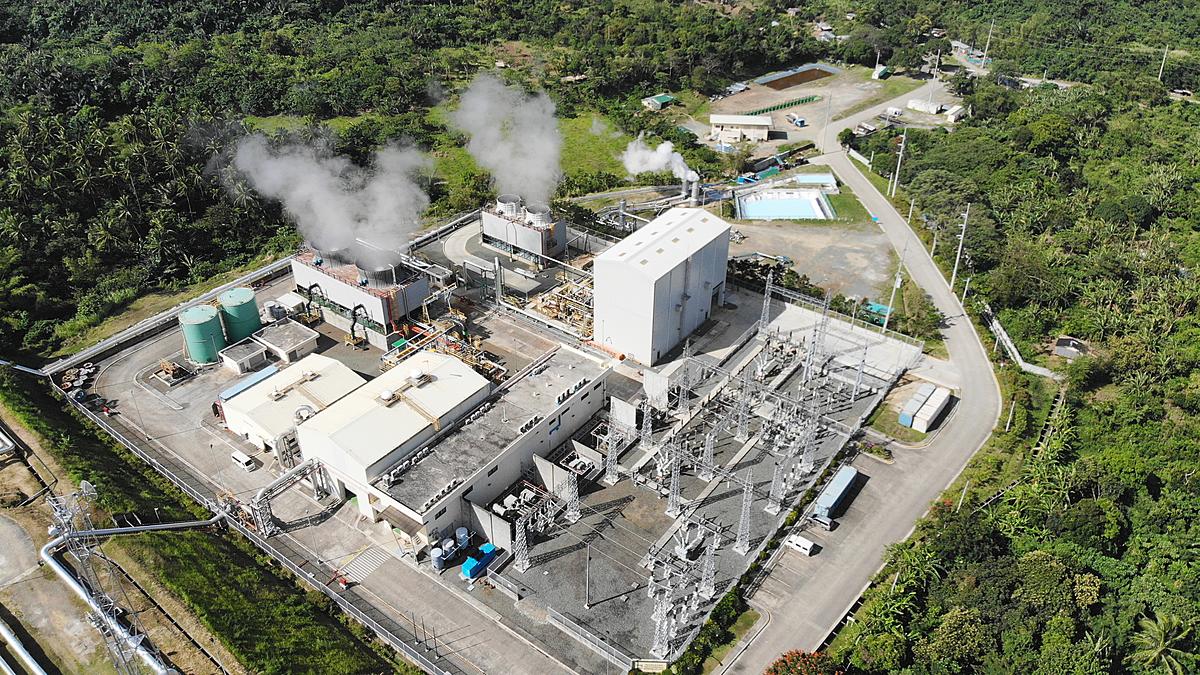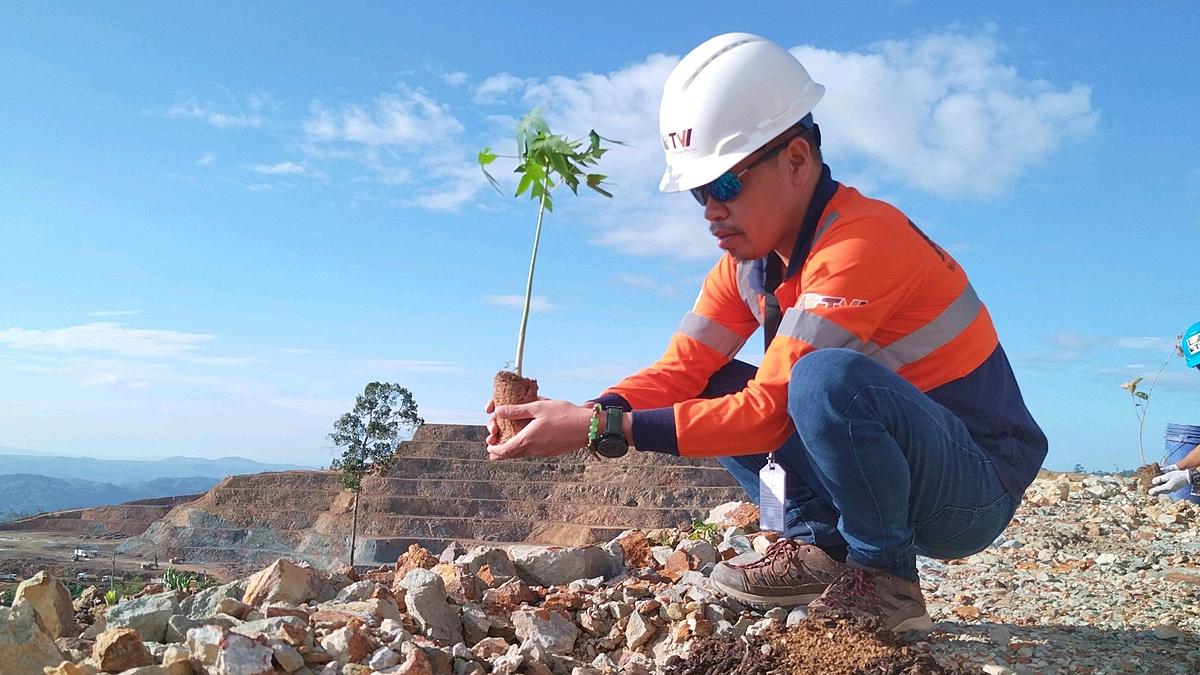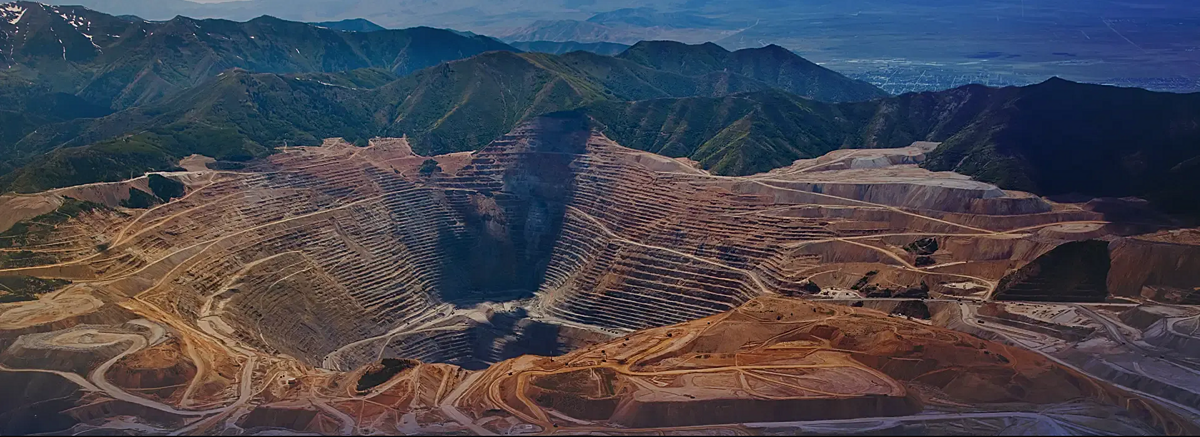Last year’s Geological Conference or GEOCON 2023 of the Geological Society of the Philippines (GSP) (Dec. 5-6, 2023) highlighted 57 oral reports and 86 poster presentations throughout 10 sessions. The theme of the conference is “Our Natural Resources: Fueling the Energy Transition Journey”. There was a rich discussion among the presenters and the audience where the topics revolved around natural hazards, mineral deposits, petrology and tectonics, environment, energy studies, and more.
In this article, we would like to highlight four (4) informative reports and abstracts about energy.
For a better understanding and background on how the energy industry works, Robert C. Shoup (Subsurface Consultants & Associates LLC ) clarifies the dynamics. His presentation is titled “The Future of Energy - Meeting the Demand”.
He explained that energy is a fundamental element of our economy, our society and key to maintaining our environment. “Although we take affordable and reliable energy for granted, it is essential for everything we consume. Therefore, it is important that we can provide the energy needed to meet the demand.”
Since energy is a commodity, it is subject to the Law of Supply and Demand – a law that is constant and immutable.
“The market will price a commodity based on the demand for that commodity relative to the supply. When the demand exceeds supply, there will be a shortage. When supply exceeds demand, there will be a surplus. In times of shortage, people will pay more so the price is high. In times of surplus, people will pay less so the price is low. The point where the curves cross is the Market Clearing Price.”
The report points out three factors that will determine the rate at which energy demand will increase: the post-pandemic recovery, GDP growth, and inflation.
“Post-pandemic recovery and GDP growth will increase energy demand. Inflation will slow the rate of demand growth, and if severe enough, could reverse demand growth.”
“There are four factors that will influence energy supply: the impact of the 2015 oil-price collapse, the skill capability gap, investor pressure, and societal pressure. All four factors are negative, so energy supply will decline.”
Of note, oil, natural gas, and coal combine to provide approximately 80% of the world energy. The remaining 20% are supplied by biofuels, nuclear, wind, solar, hydro, and geothermal combined.
On the contrary, the energy mix for the Philippines is slightly different, with oil, natural gas, and coal providing 70% of the energy, and geothermal contributing just under 8%, and other renewables providing the remaining 23%.”
“The supply and demand curves are currently at or near the Market Clearing Price, portending the potential for an economic recession or depression in the near future unless we take proactive steps today to increase the energy supply.”
The study that was presented by S&P Global Philippines Inc. explains the connection between green metals and energy supply. Their report is titled, “Assessing Philippines' potential in the global green metals’ revolution” by Eillen Grace Dela Cruz, Paul Manalo, Marc Rayos and Althea Keziah Liwanag of S&P Global Philippines Inc. (Commodity Insights Division).
“With the effects of climate change becoming more pronounced each year, the public and private sectors are in a rush to soften the impacts on our way of life. The transportation and power generation sectors have accounted for about 60% of global sector emissions. Thus, the electrification of mobility and expansion of the use of batteries and energy storage are vital pieces of the puzzle to humanity’s fight against climate change.”
They mentioned that to achieve this goal, we need metals such as copper, lithium, nickel, and cobalt in meeting the great demand from automotive electrification and rising electricity storage capacity driven by expanding renewable energy generation.
“The rapid pace of the green energy transition poses a looming threat of supply deficits of key metals in the medium term. The Philippines, being one of the mineral-rich countries in the world, is eyed to play a pivotal role in the green metals revolution, especially for copper and nickel.”
Their research evaluates the Philippines’ potential in the global green metals industry.
Analyses of different key metrics in the country’s upstream metals industry –exploration, reserves and resources, production, and mine costs – reveal:
1) Despite the recovery of exploration in the country post-COVID-19-related lockdowns, current budget allocations to the country remain far from the totals a decade ago.
2) Vast untapped reserves, with more than 60% of contained copper and 60% of contained nickel either awaiting development or production
3) The Philippines ranks alongside Indonesia as a major global mined nickel producer, a position the country is likely to maintain in the medium term.
4) Limited local processing for nickel, leading to significant raw ore exports
“These findings underscore the importance of increased exploration, particularly in nickel and copper assets, for revitalizing untapped reserves and resources, and increased investment on local processing capacity for enhancing local value-added production.”
One of the notable problems associated with the energy industry is the amount of carbon footprint that they leave in the environment. Thus, decarbonization initiatives and strategies are becoming a trend.
Where and how can energy corporations get decarbonization solutions that help make the journey to net zero possible?
“Accelerating decarbonization through innovation and science” is a report by James Daniel of SLB -- a global technology company that drives energy innovation for a balanced planet.
“With a global footprint in more than 100 countries and employees representing almost twice as many nationalities, we work each day on innovating oil and gas, delivering digital at scale, decarbonizing industries, and developing and scaling new energy systems that accelerate the energy transition.”
He emphasised that, “As the first company in the energy services industry to include Scope 3 emissions in our 2050 net zero target, we are making a significant impact throughout the value chain, not only increasing our operational efficiency, but also developing new technologies to help our customers optimize their environmental footprint.”
“In this energy transition journey, we are scaling up new energy systems and accelerating the transition to low-carbon energy through:
1) Making net zero possible with Carbon Capture and Sequestration, Harnessing Geothermal Energy
2) Accelerate a low-carbon future with pioneering capabilities such as energy storage, hydrogen, and lithium.
3) Accelerating change through collaboration and partnerships.
“Coal Power Phasedown: A technology review” is a presentation by Guillermo R. Balce (Private Consultant).
“The Philippines is a signatory to the Paris Agreement which was adopted at the UN Climate Change Conference (COP21) in Paris in December 2015. As such, the country is committed to phase down coal power. In partial compliance to the Paris Agreement, the Philippine Department of Energy (DOE) has imposed a moratorium on the construction of new coal-fired power plants since October 27, 2020. However, more has to be done.”
According to his report, there are currently 62 operating coal-fired power plants in the Philippines, providing about 60% of the country’s electricity supply. Is it possible to phase them down without risking nationwide power failures and economic disruptions? Mr. Balce suggests that one solution is just let the plants reach the end of their operational lifespan.
However, there is a problem. Among these coal-powered plants, 17 of these are 17 of these plants (total capacity = 6,152 MW) are only 8 years old or younger and by 2050 will just be in their prime.
“A more proactive solution is to repurpose the plants by replacing coal with hydrogen, ammonia, or biomass. Alternatively, coal can first be converted to hydrogen or ammonia which can then be used as fuel. “
“This paper aims to introduce some of the technologies that may be used in repurposing coal-fired power plants in the Philippines to enable them to continue operating while at the same time contribute to the country’s decarbonization commitment. These technologies are: (1) Coal replacement by hydrogen or ammonia; (2) Coal replacement by biomass; (3) Integrated coal gasification combined cycle (IGCC); (4) Underground coal gasification; (5) Electrochemical coal reforming; and (6) Biological coal digestion.
“Gradual replacement of coal by biomass and feedstock conversion to hydrogen or ammonia as fuel are the most publicly acceptable and immediately adoptable options. These schemes will link energy generation closer with agriculture and forestry, and involve more stakeholders in the countryside in energy production.”
Reference:
GEOCON 2023 Souvenir Program – abstracts and scientific papers
https://geolsocphil.com/geocon-sessions/index








